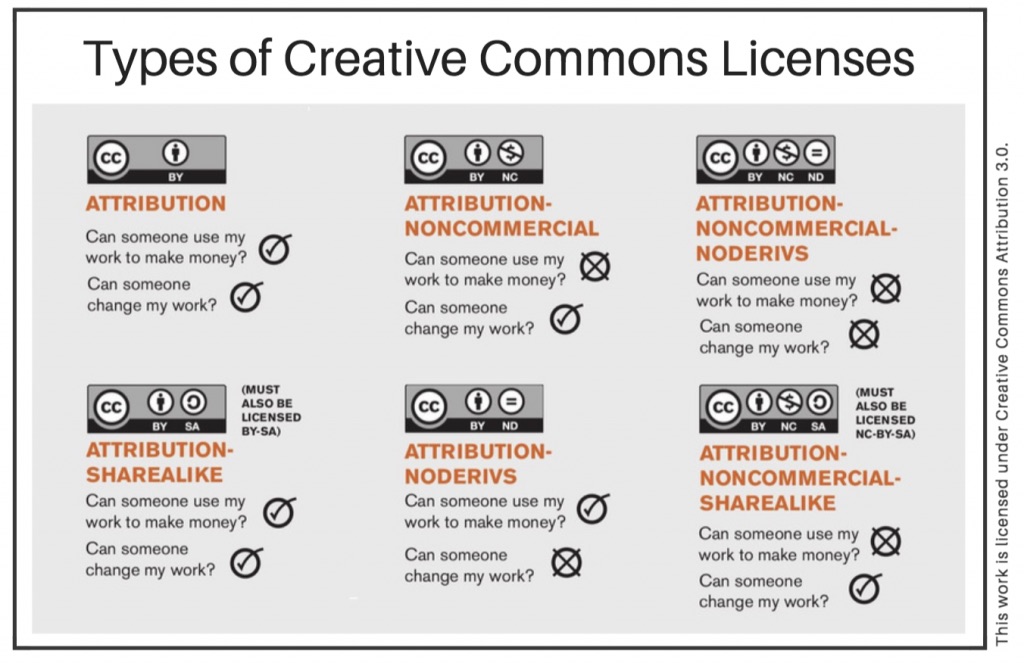
The Copyright Act contains specific exceptions for the use of copyright-protected materials by academic institutions. These provisions include:
Here is a link to view the “Copyright Law of the United States of America and Related Laws Contained in Title 17 of the United States Code”.
A copyright notice should contain all the following three elements:
Example: © 2016 John Doe
It is the right granted by law to an author or creator of “original works of authorship, including literary, dramatic, musical, artistic, and certain other intellectual works” to control the use of the work created. This allows the owner of the copyrighted material to:
Copyright law means that unless your situation meets one of the exceptions outlined in the Copyright Act, you must get explicit permission from the copyright holder before you can lawfully reuse, reproduce or redistribute a copyright-protected work – even within the walls of your institution.

For more detailed information, you may wish to refer to the public domain section of the US Copyright Office Guide - Circular 6a ( “Renewal of Copyright”), Circular 15a (“Duration of Copyright”), and Circular 15t (“Extension of Copyright Terms”)
There are several ways you can use copyrighted work, and we highly encourage that you do so!
Much of the information in this section is drawn from content posted on the Web site of the U.S. Copyright Office and is based on the U.S. Copyright Act of 1976. The information appears here in an edited form.
For a fuller discussion of these topics, including references to legal and other resources, visit the website for the US Copyright Office: www.copyright.gov.
For most copyright questions, we follow an overall guide: When In Doubt, Gain Permission


This work is licensed under a Creative Commons Attribution-ShareAlike 4.0 International License.